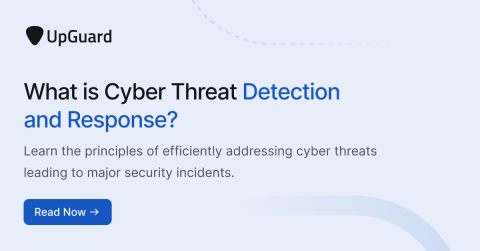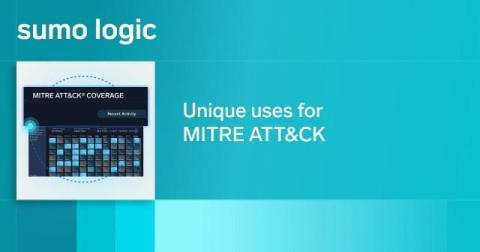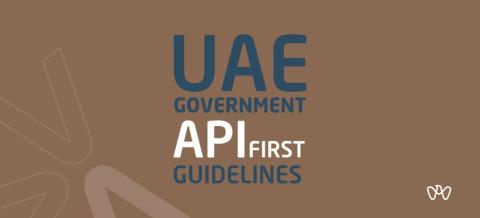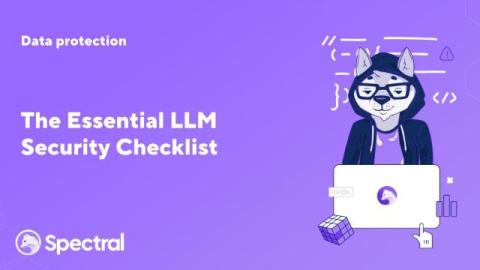What is Cyber Threat Detection and Response?
To compete in an era of dynamic, multimodal cyberattacks, cybersecurity programs must become multidimensional, capable of simultaneously contending with a wide range of cyber threats. In this post, we explain how your organization can develop such a multipronged approach with a branch of cybersecurity known as cybersecurity threat detection.











